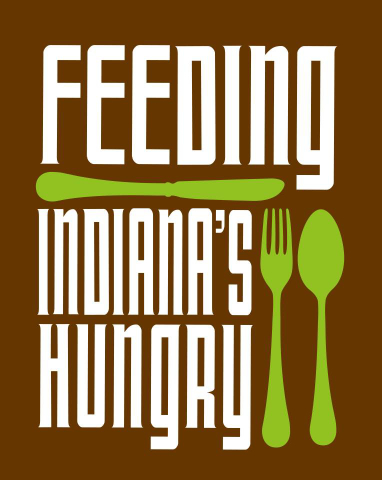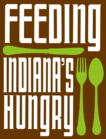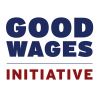40 Percent of the More Than One Million Food Insecure in Indiana Do Not Qualify for Federal Assistance
Indianapolis, IN March 24, 2011— Feeding Indiana’s Hungry, the state’s food bank association, and Feeding America, the nation’s largest domestic hunger-relief organization, today released a landmark study, “Map the Meal Gap,” providing the first detailed look at the food budget shortfall of families struggling with hunger in Indiana each year – an estimated total of $389,851,730.
“Just over one million Hoosiers are food insecure. Of them, 40 percent do not qualify for food stamps or other government programs. To fill this meal gap, these Hoosiers often must rely on the food bank network of Feeding Indiana’s Hungry and other charities to help feed themselves and their families,” said Emily Weikert Bryant, Executive Director of Feeding Indiana’s Hungry. “Although our member food banks distributed more than 60 million pounds of food last year, the ‘Meal Gap’ for food insecure Hoosiers is 171,683,370 meals. Clearly the charitable hunger relief sector can’t do this job alone.”
The study takes a look at ‘meals’ in a whole new way, using county-level data on food costs from The Nielsen Company to break down the food budget shortfall of our residents into an approximation of the meals missing from the tables of people at risk of hunger in Indiana each year.
Although “Map the Meal Gap” showed that Indiana’s food costs at $2.27 per meal are lower than the national average of $2.54, Indiana’s food insecurity rate of 16.2 percent in 2009 was up more than a percent from the previous year, with some Indiana counties like Fayette, Elkhart, Howard, and LaGrange clearing 20 percent of the population experiencing food insecurity.
Map the Meal Gap provides the following data for Indiana and all 92 counties in an interactive map format:
The percentage of the population who is food insecure.
The percentage of the food insecure population who qualify based on income for SNAP (Foods Stamps) and other federal nutrition programs.
The percentage of the food insecure population who do NOT qualify for federal nutrition programs and often must rely on charitable food assistance programs and who also need better wages and employment opportunities to help them meet their basic needs.
The average price per meal based on new research by The Nielsen Company.
“The interactive map will, for the first time, allow policy makers, state agencies, corporate partners and individual advocates to develop integrated strategies to fight hunger on a community by community level,” said Bryant.
According to Census Bureau’s Current Population Survey data analyzed as part of “Map the Meal Gap”, people struggling with hunger estimate they would need about $56 more each month on average during the months that they are food insecure to address the shortages in their food budget. “Map the Meal Gap” shows that this shortfall represents an estimated 171,683,370 meals in Indiana on an annual basis. The data can also be reviewed on a county by county basis.
“Map the Meal Gap” also provides critical information that has never been previously available — food insecurity rates for Congressional District. Previously, food insecurity data was only available at the state level in the USDA’s annual report. The study further analyzes each district’s food insecure population to determine their income eligibility for federal nutrition assistance. This data has the potential to redefine the way service providers and policy makers address areas of need.
The findings of “Map the Meal Gap” are based on statistics collected by the U.S. Department of Agriculture, U.S. Census Bureau, and food price data from The Nielsen Company. The study was supported by The Howard G. Buffett Foundation and Nielsen.
“Map the Meal Gap” was conducted using well-established, transparent methods. Data were analyzed by Feeding America in partnership with Dr. Craig Gundersen, Associate Professor of Agricultural and Consumer Economics at the University of Illinois, Executive Director of the National Soybean Research Laboratory and member of Feeding America’s Technical Advisory Group.
A summary of the findings, an interactive map of the United States, and the full report are available on Feeding America’s web site at www.feedingamerica.org



